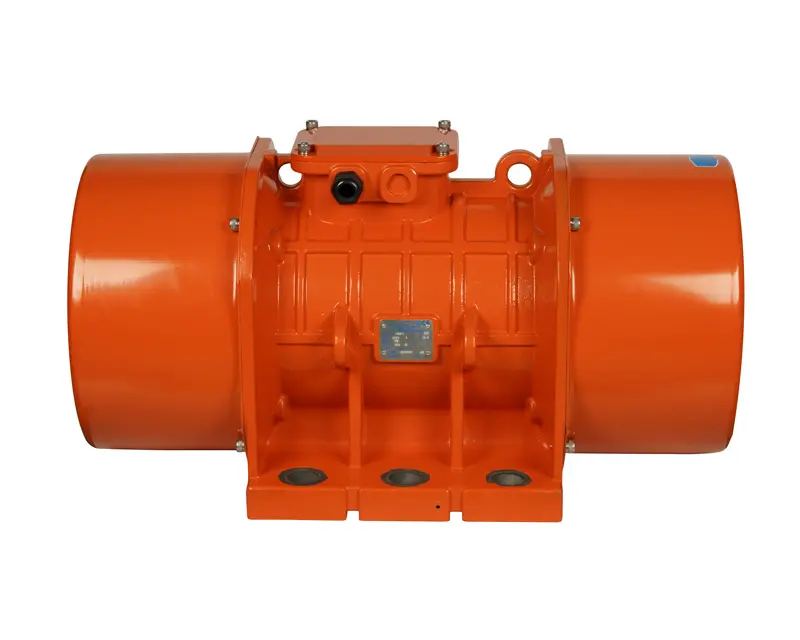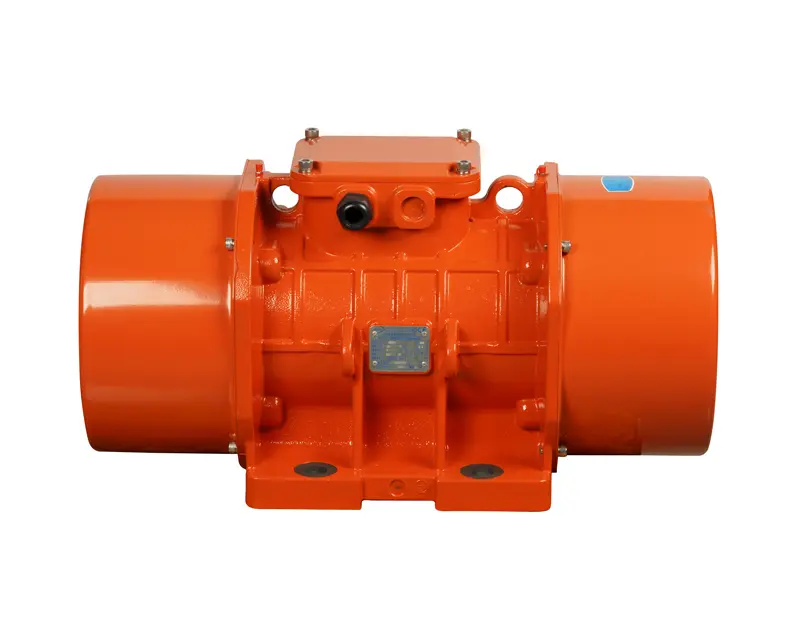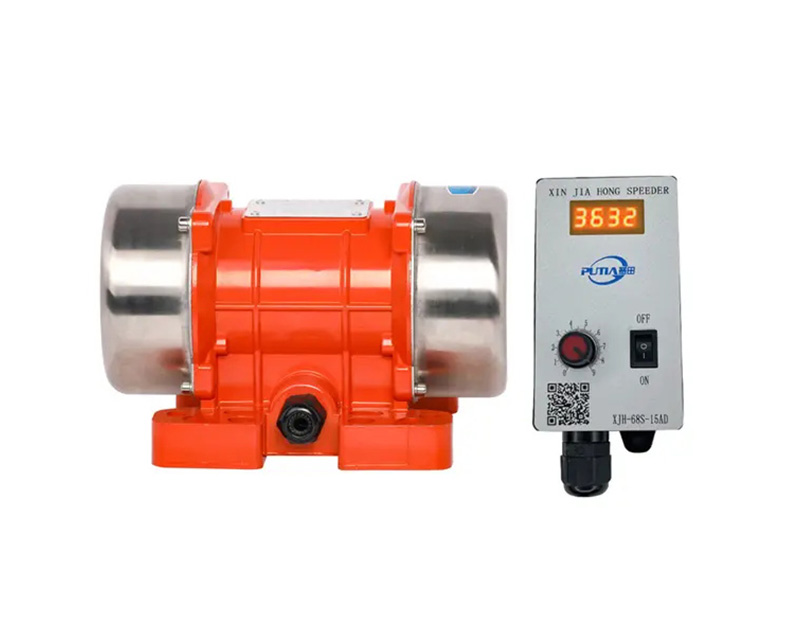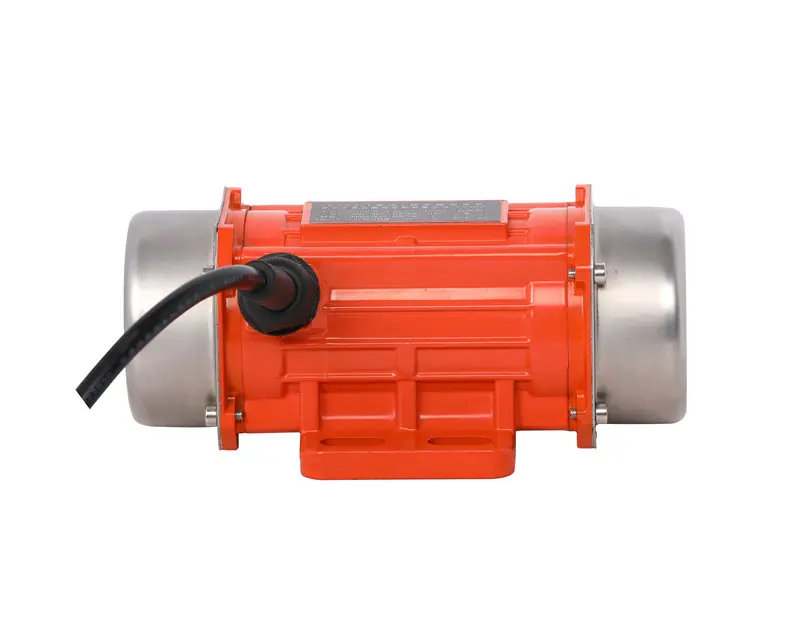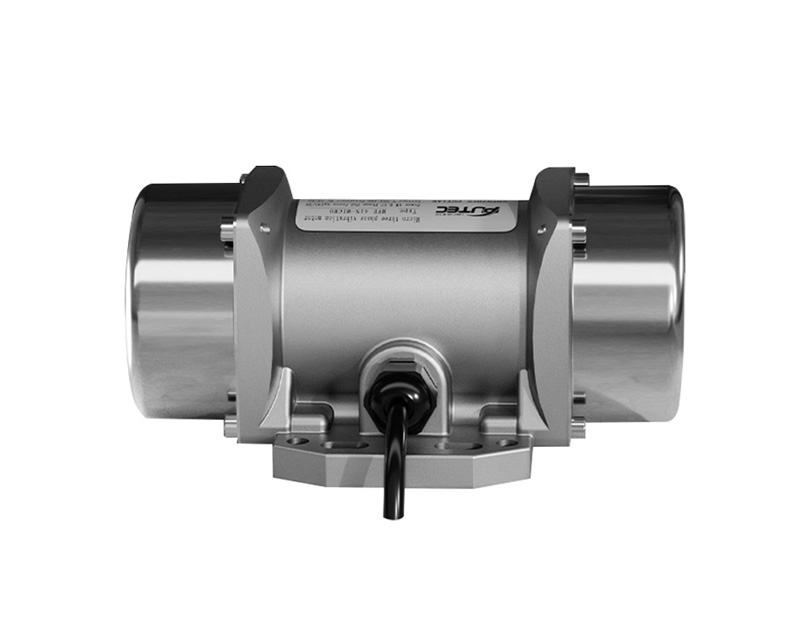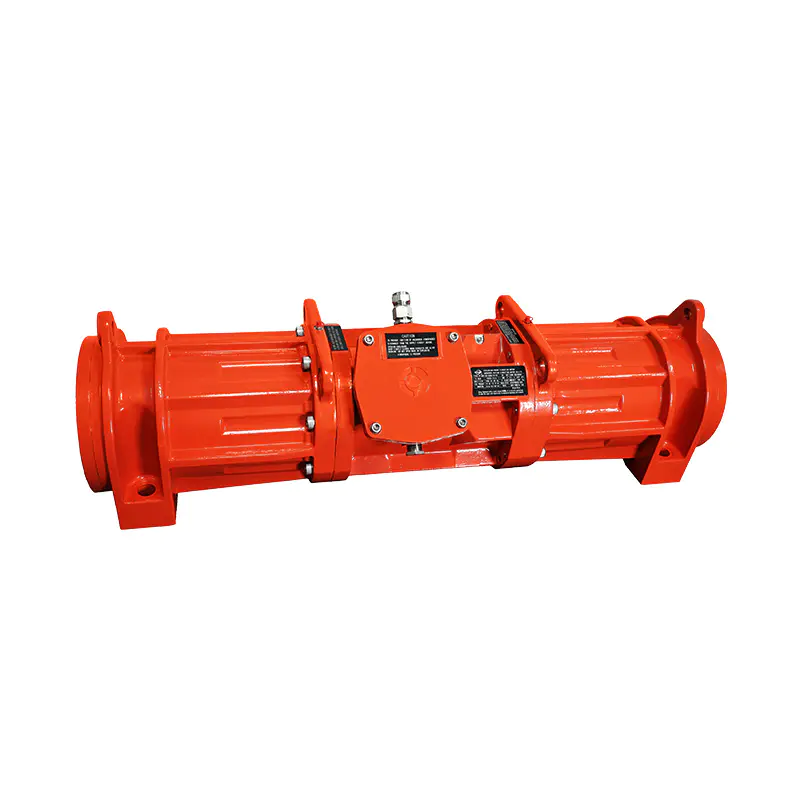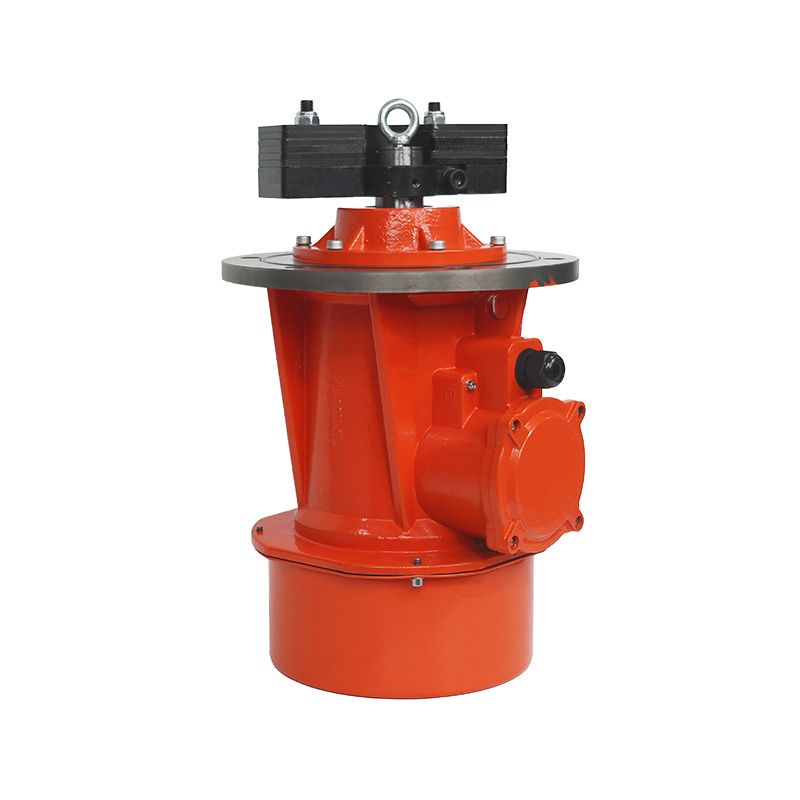What are the reasons that cause the vibration motor to heat up?
 Feb-19-2024
Feb-19-2024
 Industry News
Industry News
The vibration motor sometimes generates heat during use. If it cannot be detected and dealt with in time, it will affect the service life of the vibration motor. In severe cases, the vibration motor will burn out.
The main reasons for the heating of the vibration motor are as follows:
Summer is a high-temperature season, the vibration motor itself generates heat, and the ambient temperature is also high, it is not easy to dissipate heat, so the vibration motor will have a high temperature or heat;
2. If the vibration motor is used indoors, the temperature of the working environment is high, it will also cause the vibration motor to heat up;
3. If the vibration motor is wrapped too tightly, it will also lead to poor heat dissipation and heat generation;
4 During the operation of the vibration motor, the phenomenon of overload will also cause the vibration motor to heat up;
5. If the voltage of the vibration motor is unbalanced or the voltage is relatively low, it will also cause the vibration motor to heat up;
6. The lack of oil in the bearing of the vibration motor will also cause the vibration motor to heat up;
7. There is an error in the wiring inside the vibration motor;
8. If the vibration motor is damp, it is also a major cause of the vibration motor heating;
9. The operation of the vibration motor is unbalanced and mechanically stuck, and the situation of blocked operation will also cause the vibration motor to heat up.
Therefore, in using vibration equipment, we must pay more attention to the heating of the vibration motor. If the temperature is too high, we must deal with it in time to avoid greater losses. Proper use, operation, and maintenance can prolong the life of the vibration motor. Putian vibration motors have high quality, long working life, and easy maintenance, making them a good choice for vibrating equipment.
In addition to the mentioned reasons for the heating of the vibration motor, it's crucial to address the specific conditions under which these motors are utilized. In industrial environments, where vibration motors are commonly employed, factors like dust accumulation or inadequate ventilation may exacerbate heat generation. Dust particles can obstruct airflow and hinder heat dissipation, professional to elevated temperatures within the motor casing.
Moreover, the frequency of operation can impact motor temperature. Continuous or prolonged use without adequate cooling intervals can escalate heat buildup. Therefore, implementing regular maintenance routines, including cleaning and lubricating components, is essential to prevent overheating.
Another aspect to consider is the compatibility of the vibration motor with the power supply. Voltage fluctuations or improper wiring configurations can result in inefficient motor operation and increased heat production. Therefore, it's imperative to ensure that the voltage supplied to the motor is stable and within the manufacturer's specifications.
Furthermore, the design and construction of the motor itself play a significant role in its heat dissipation capabilities. Investing in vibration motors equipped with efficient cooling mechanisms, such as enhanced ventilation or heat sinks, can mitigate the risk of overheating. Additionally, opting for motors with robust bearings and insulation materials can enhance overall durability and thermal performance.
When selecting vibration motors for specific applications, factors such as motor type (e.g., single-phase or three-phase) and power rating should be carefully considered. Three-phase motors, known for their reliability and efficiency, are often preferred for heavy-duty industrial applications due to their predominant power output and lower operating temperatures compared to single-phase motors.
In conclusion, proactive measures must be taken to address and mitigate the risk of vibration motor overheating. By selecting appropriate motor designs, ensuring proper installation and maintenance practices, and monitoring operating conditions, the service life and performance of vibration equipment can be effectively prolonged.


 English
English русский
русский Português
Português عربى
عربى فارسی
فارسی
